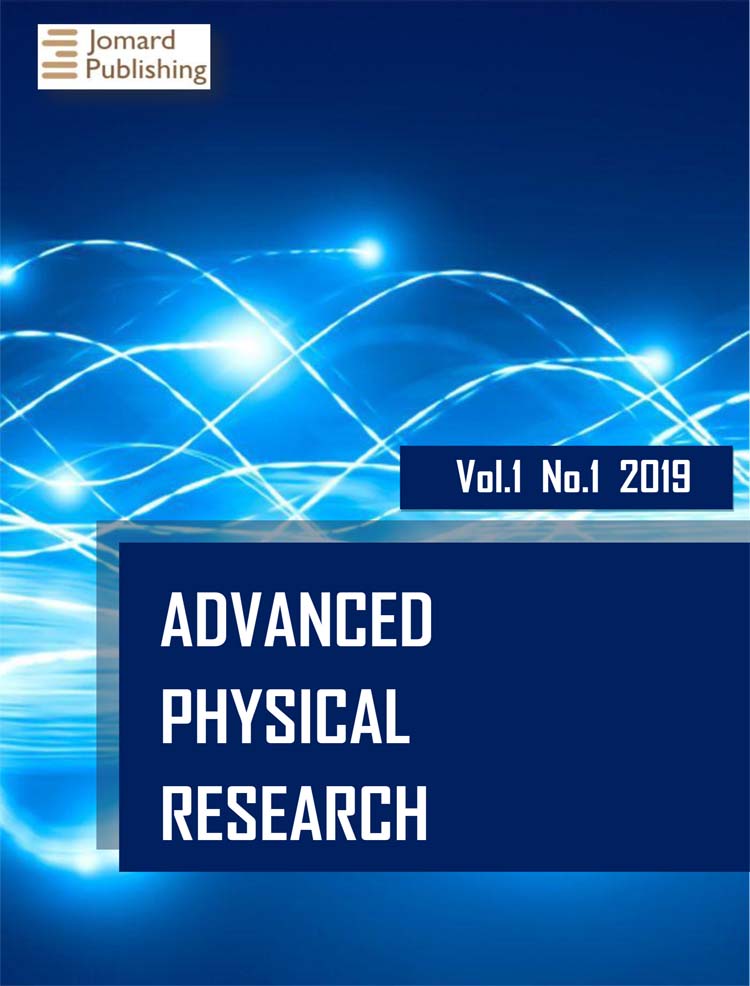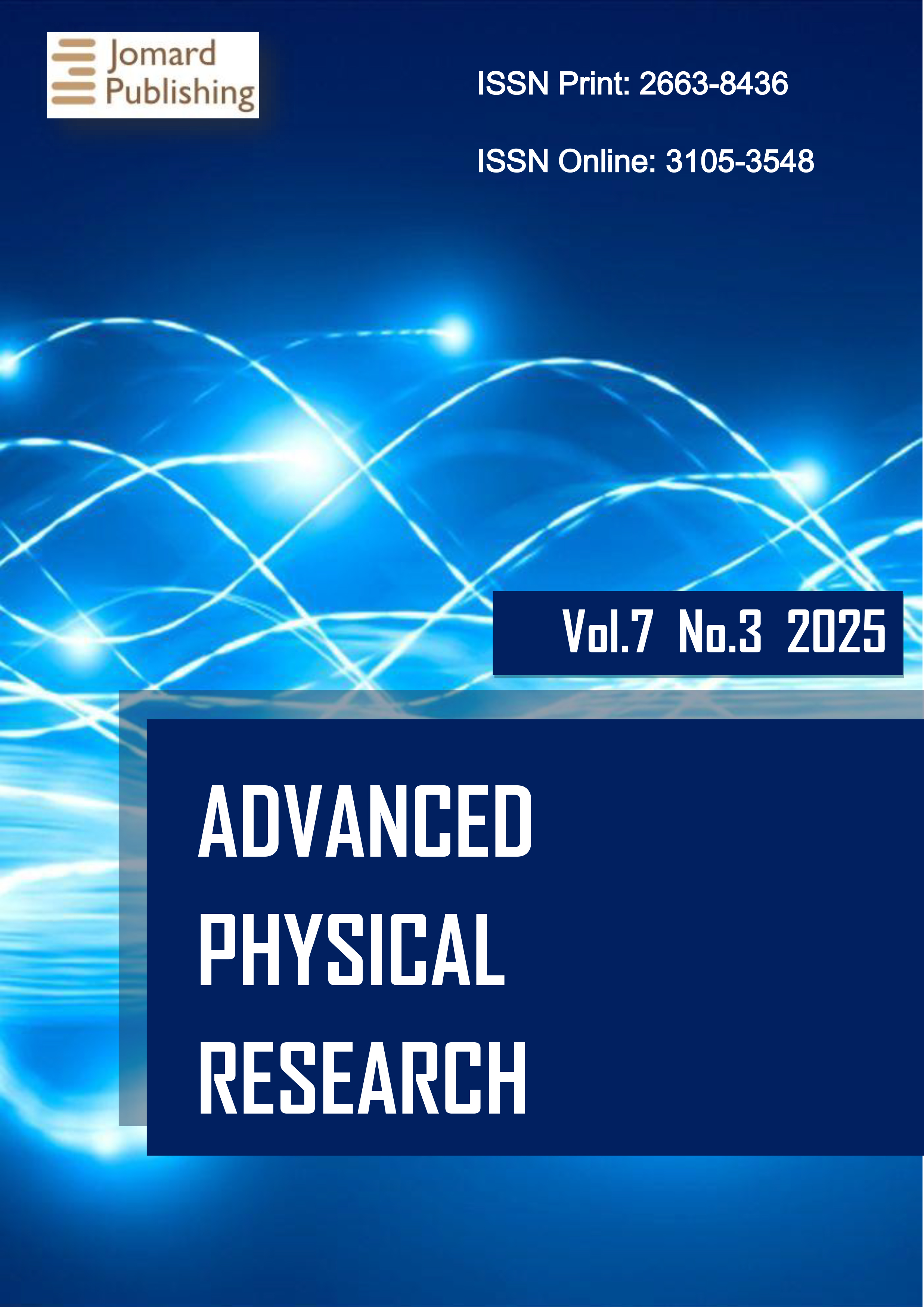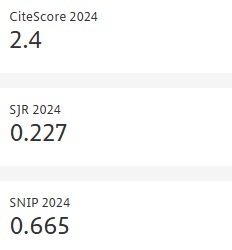Structure and Magnetic Properties of the NiFe Films Electrodeposited in Non-Stationary Modes
- Published: 16-10-2025
Share
Ni-rich permalloy (NiFe) films were prepared using electrodeposition in different modes from sulfate electrolyte. As modes were determined regime of direct current (DC), pulse current (PC) and pulse-reverse current (RC). Correlation between technological modes of preparation, chemical composition, structural characteristics and magnetic parameters was established. Based on EDX data it was shown that Fe content in samples varied from 17.4 to 42.1 at.%, depending on deposition modes. It opens broad perspectives for chemical control of the permalloy films from one electrolyte. This is technologically convenient. Based on XRD data it was concluded that samples were single-phase. The surface morphology was analyzed using AFM. Pulse-reverse (RC) film surface are rough and have observable mostly fused grains, which significantly differs from DC and PC film surfaces, which are smooth and have no distinguishable grains. The Rq values of RC film is around 27.9 nm, while DC and PC films have Rq values of 9.6 nm and 4.1 nm, respectively. Based on DSC data all the phase transitions in investigates samples and their transition temperatures were detected and compared with bulk analogs. Temperature dependences of the magnetic susceptibility and field dependences of the specific magnetization were measured. Main magnetic parameters were established. It was demonstrated that the synthesized NiFe films have a significant magnetic anisotropy. It was demonstrated the correlation between NiFe electrodeposition modes and their magnetic properties. Obtained results open broad perspectives for modification of the standard electrodeposition processes of Ni-rich permalloy films preparation for practical applications in the field of magnetic sensors and shields for electromagnetic protection.
- View 269
- Downloads 29
- Saveds 0
- Citations (Crossref) 0


